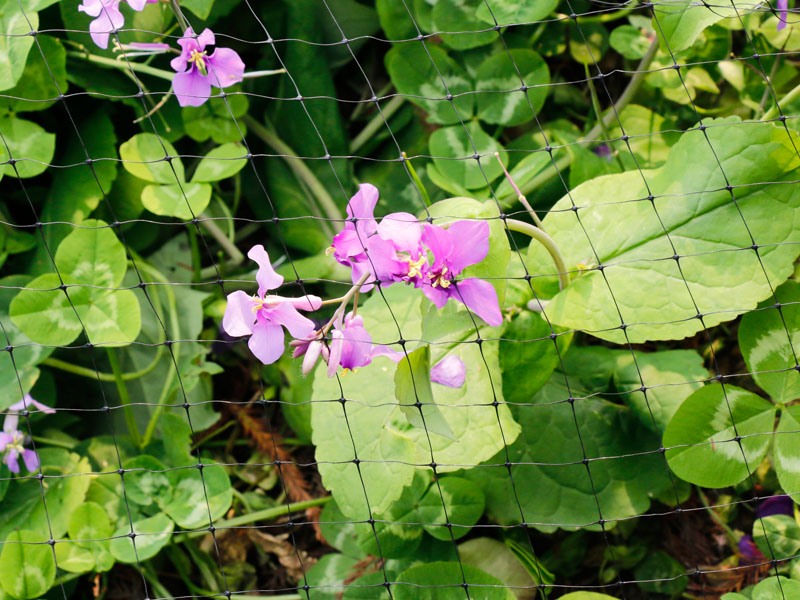In the ever-evolving landscape of agriculture, innovati […]
In the ever-evolving landscape of agriculture, innovative solutions are continually emerging to address the challenges faced by farmers. One such innovation that's gaining momentum is crop protective netting. This unassuming yet highly effective technology is quietly revolutionizing the way crops are grown and protected, ensuring a more secure and sustainable future for agriculture.
The Rise of Crop Protective Netting
Crop protective netting, also known as crop netting or bird netting, is a versatile tool designed to shield crops from a range of threats. Whether it's hungry birds, pesky insects, damaging hail, or even the harsh sun, these nets create a protective barrier that can safeguard crops throughout their growth cycle.
Protecting Against Avian Adversaries
Birds, while delightful to watch, can pose a significant threat to crops. Flocks of birds can quickly decimate a field, leaving farmers with substantial losses. Crop protective netting offers a humane and effective solution. These nets are designed to keep birds away from the crops while allowing sunlight and rain to reach the plants, ensuring they thrive beneath their protective canopy.
Insect Exclusion for Healthier Crops
Insects, both pests and beneficial pollinators, play a crucial role in agriculture. However, not all insects are welcome guests in a farmer's field. Invasive pests can cause widespread damage, leading to reduced yields and economic losses. Crop netting serves as a physical barrier that excludes harmful insects while allowing the free movement of beneficial pollinators, helping to maintain a balanced and healthy ecosystem within the field.
Hail and Sun Protection
Extreme weather events are becoming more frequent due to climate change. Hailstorms, in particular, can devastate crops within minutes. Crop protective netting acts as a shield, preventing hailstones from directly impacting plants and reducing the severity of damage. Moreover, these nets provide shade on scorching hot days, preventing sunburn and heat stress on delicate crops.
Sustainability and Water Efficiency
In an era where sustainability is paramount, crop netting has a role to play. By reducing the need for chemical pesticides and minimizing water evaporation, these nets contribute to more eco-friendly and resource-efficient farming practices. They also help protect sensitive organic crops, ensuring they meet the stringent requirements of organic certification.
Tailored Solutions for Diverse Crops
Crop protective netting isn't a one-size-fits-all solution. Modern agriculture encompasses a wide range of crops, each with its unique requirements. As a result, crop netting comes in various forms, from lightweight mesh for protecting berries to more robust netting for orchards and vineyards. This versatility allows farmers to tailor their crop protection strategies to suit their specific needs.
The Path Forward
Crop protective netting is part of a broader trend in agriculture towards sustainable, precision farming. As technology continues to advance, we can expect to see even more sophisticated versions of crop netting, integrated with sensors and automation, to provide real-time monitoring and more precise control.
In conclusion, crop protective netting is a testament to human ingenuity in the agricultural sector. As it bridges the gap between tradition and innovation, it empowers farmers to protect their crops effectively, reduce their environmental footprint, and secure the future of agriculture in an ever-changing world. This unassuming tool is a key player in the ongoing effort to feed a growing global population while minimizing the impact on the planet.



 WhatsApp:+8613626888261
WhatsApp:+8613626888261